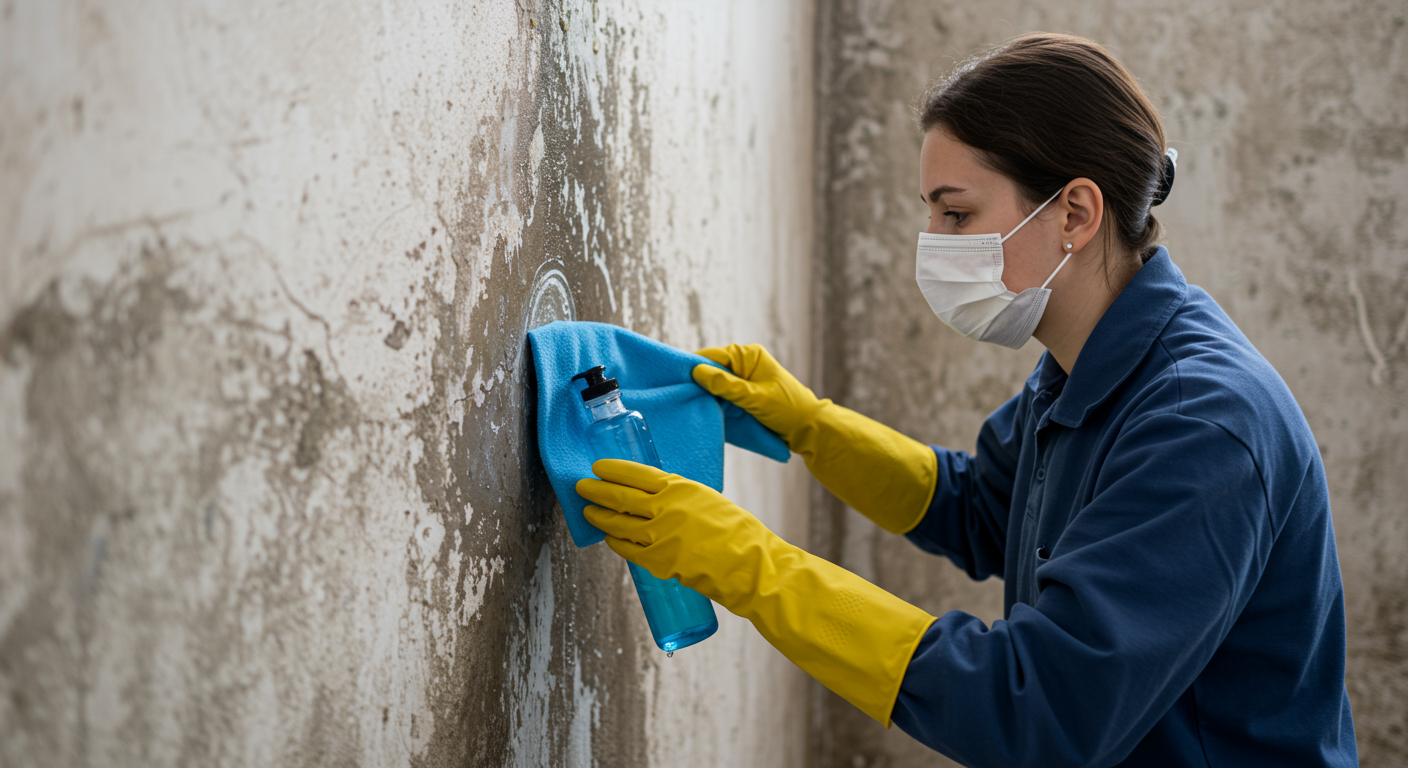Mold is a persistent and often overlooked problem that can infiltrate water systems, posing significant health risks and structural challenges. Whether it’s the musty smell of contaminated water or visible mold buildup, understanding the causes, risks, and prevention strategies is essential for maintaining a safe and healthy environment. This article delves into the details of mold in water, offering insights into its identification, causes, and effective solutions.
What is Mold and How Does it Affect Water?
Mold is a type of fungus that thrives in damp, humid environments. It reproduces through tiny spores that float through the air and settle on surfaces, including water systems. When these spores find the right conditions—moisture, warmth, and organic material—they begin to grow and spread.
In water systems, mold can manifest in various forms, such as black, green, or white patches. Common types of mold found in water include Aspergillus, Cladosporium, and Stachybotrys (commonly known as black mold). These molds not only compromise water quality but also pose health risks, including respiratory issues and allergic reactions. Mold-contaminated water can also lead to unpleasant odors and discoloration, making it unsuitable for consumption or use.
Signs of Mold Presence in Water
Detecting mold in water systems early is crucial for preventing its spread and mitigating health risks. One of the most common signs is a musty or earthy smell emanating from water sources. This odor is often a clear indicator of mold growth, even if it is not visible.
Visible mold buildup around faucets, pipes, or water storage units is another telltale sign. Mold can appear as slimy patches or discoloration on surfaces. Additionally, symptoms of mold exposure, such as coughing, sneezing, skin irritation, and respiratory distress, may indicate the presence of mold in your water system. If you notice any of these signs, it is essential to take immediate action to address the issue.
Common Causes of Mold Growth in Water Systems
Mold growth in water systems is primarily driven by moisture and humidity. High humidity levels create an ideal environment for mold spores to thrive. Leaking pipes, damaged water storage tanks, and poor ventilation are common culprits that contribute to excess moisture.
Another significant factor is the accumulation of organic material in water systems. Debris, dirt, and biofilm can provide a food source for mold, accelerating its growth. Inadequate maintenance and irregular cleaning of water systems further exacerbate the problem. Understanding these causes is the first step toward effective mold prevention and control.
Effective Mold Prevention and Cleanup Strategies
Preventing mold growth in water systems requires a proactive approach. Regular maintenance and inspection of water systems are essential to identify and address potential issues before they escalate. Ensure that pipes, faucets, and storage tanks are leak-free and properly sealed.
Humidity control is another critical aspect of mold prevention. Use dehumidifiers and ensure proper ventilation in areas prone to moisture accumulation. Cleaning water systems regularly with mold-resistant solutions can also help eliminate mold spores and prevent their growth.
If mold contamination is already present, a thorough cleanup is necessary. Begin by wearing protective gear, such as gloves and masks, to avoid exposure. Use a mixture of water and detergent to scrub away visible mold, followed by a disinfectant to kill any remaining spores. In severe cases, professional mold remediation services may be required to ensure complete removal and prevent recurrence.

For expert assistance, consider reaching out to Professional Mold Removal Near Me: Expert Remediation Services for a Healthier Home. Professional services can provide advanced solutions tailored to your specific needs.
Conclusion
Mold in water systems is a serious issue that demands immediate attention. By understanding the causes, recognizing the signs, and implementing effective prevention and cleanup strategies, you can safeguard your water quality and protect your health. Regular maintenance, humidity control, and professional assistance are key to keeping mold at bay.
For more information on mold prevention and water quality, explore Expert Mold and Water Damage Repair Services in New Orleans, LA – Fast, Reliable, and Certified. Taking proactive steps today can help you avoid costly repairs and health complications in the future. Stay informed, stay safe, and ensure your water systems remain mold-free.

